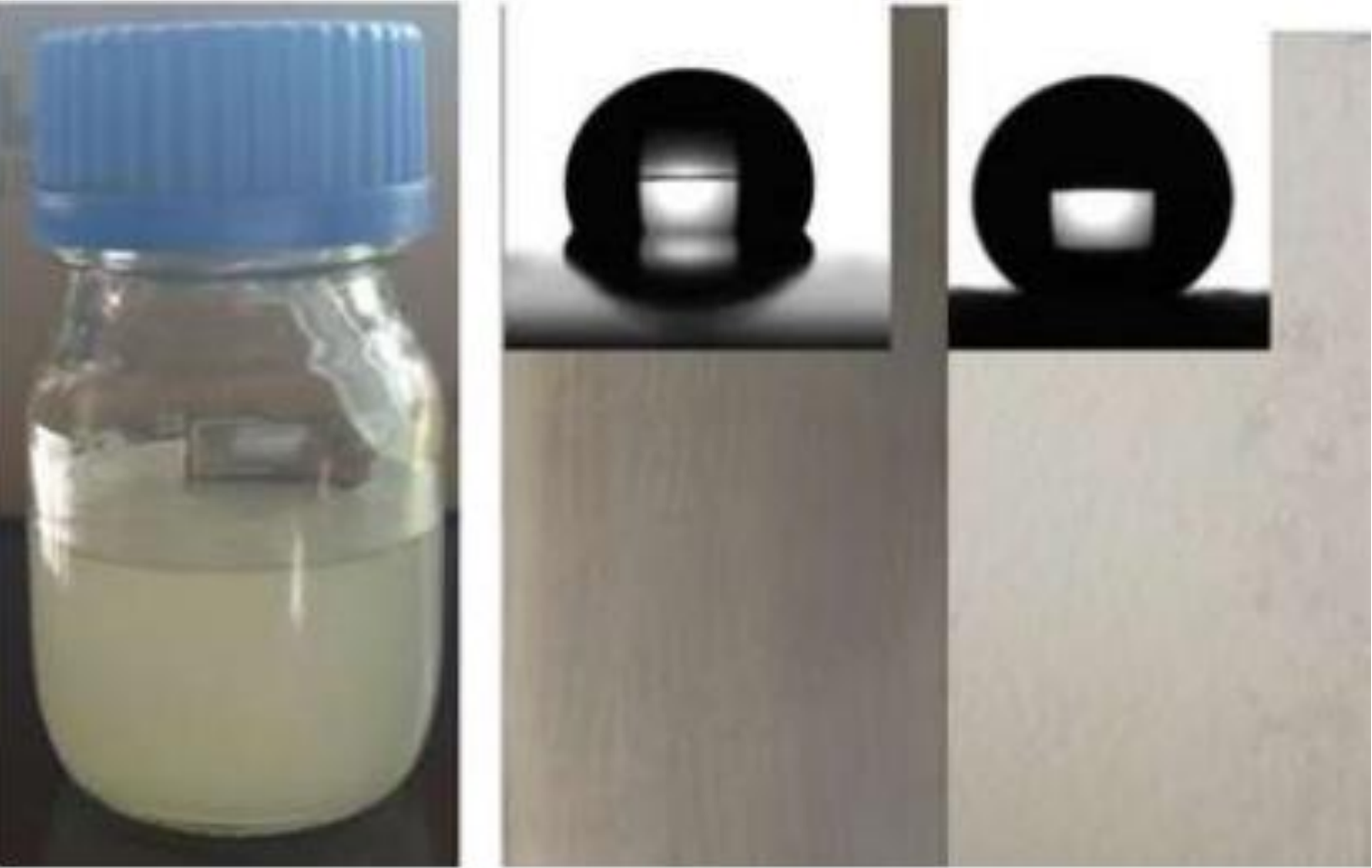发明专利
US16/491674
2018-03-05
BASF SE
C08G73/02; C09K8/524; C10G71/00; C10G75/00; C10L1/222; C10L1/2387; C10L10/16; C10M149/14; C10N30/08
MUELLER-CRISTADORO, ANNA MARIA , FRENZEL, STEFAN , FIES, MATTHIAS , BOHRES, EDWARD , CSIHONY, SZILARD , FU, XIAO
除非特别说明,本系统中所有内容都受版权保护,并保留所有权利。

周老师: 13321314106
王老师: 17793132604


邮箱号码: lub@licp.cas.cn